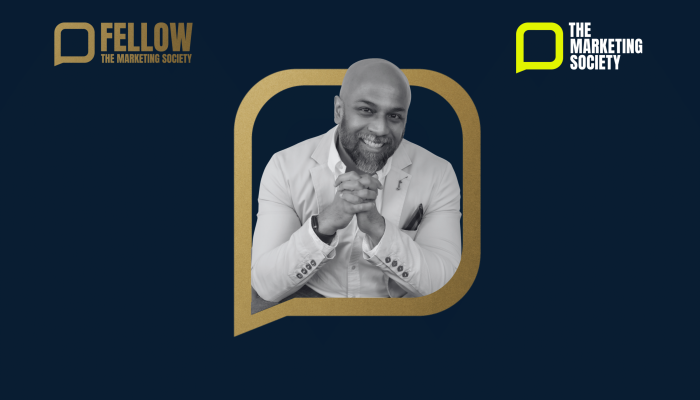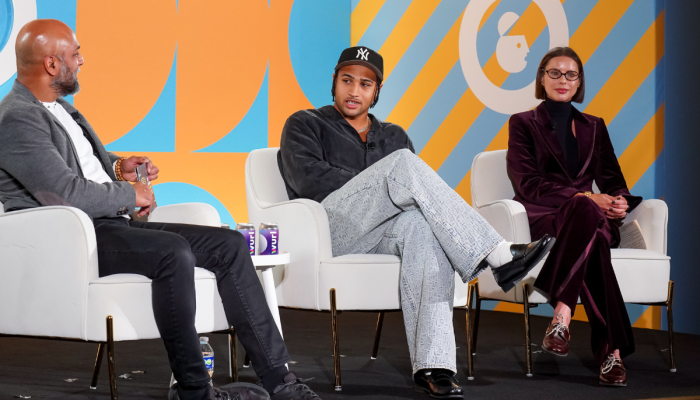Over the summer I attended the fine Georgia O’Keeffe exhibition at the Tate Modern in London (showing until 30 October).
In her ninety-eight years on the planet O’Keeffe (1897–1986) was a pioneer, an independent voice, a radical artist. She expressed herself through cityscapes and landscapes; through bold curvaceous shapes abstracted from nature; through rippling cliffs, alien skulls and puffy cloud formations. She painted orange poppies, black irises and white jimson weed, intimate and up-close; she painted pink earth, turquoise lakes and indigo mountain ranges, at an admiring distance. She conveyed the soul of America, ancient and modern.
O’Keeffe was born to dairy farming parents under big Wisconsin skies. She was intelligent, self-reliant, determined and dedicated. By the age of 10 she had decided she wanted to become a painter and by the age of 30 she had helped define American Modernism. There’s a good deal that creative professionals in the twenty-first century could learn from this innovative artist of the twentieth.
1. Turn injustice into incentive
‘Men put me down as the best woman painter…I think I’m one of the best painters.’
It was never easy for O’Keeffe, making her way as a talented and ambitious young woman within a conservative, patriarchal society. Conventions were constraining; opportunities were limited. Aged 20 she moved to New York to study at the Art Students League. An older pupil, Eugene Speicher, set her straight on what she could expect from life:
‘It doesn’t matter what you do. I’m going to be a great painter and you will probably end up teaching painting in some girls’ school.’
Who’s laughing now?
Perhaps experiences like this made O’Keeffe all the more committed to an independent path. Today’s young people working in creative commerce would do well to emulate her talent for turning everyday injustice into enduring incentive.
‘I can't live where I want to, I can't go where I want to go, I can't do what I want to, I can't even say what I want to. I decided I was a very stupid fool not to at least paint as I wanted to.’
2. No one can teach you how to be yourself
Education was clearly a challenge for O’Keeffe. She realised that teaching can only take you so far. You can learn historical context, craft and technique, but you can’t be taught how to be yourself.
‘I thought someone could tell me how to paint a landscape. But I never found that person. I just had to settle down and try...They could tell you how they painted their landscape, but they couldn’t tell me how to paint mine.’
3. Make your unknown known
From the outset O’Keeffe spoke with her own voice: a distinctive language of arcs, waves and spirals; of sensuous curves and luminous colours.
‘I found I could say things with colour and shapes that I couldn't say any other way... things I had no words for.’
In 1917 the gallerist and photographer Alfred Stieglitz gave O’Keeffe her first solo exhibition at his 291 gallery in New York. But Stieglitz, who later became her partner, was principal among those who imposed Freudian interpretations on her work, regarding it as fundamentally feminine and expressive of erotic feelings. O’Keeffe resented being reduced and categorised in this way. What’s the point in developing a new private language if others translate it back into their own?
‘They were talking about themselves, not about me.’
O’Keeffe realised that the key to a truly differentiated and personal creativity was the unarticulated self. We shouldn’t be afraid to give expression to our internal thoughts and feelings, even though they may not conform to any conventional taste or practice.
‘Whether you succeed or not is irrelevant, there is no such thing. Making your unknown known is the important thing - and keeping the unknown always beyond you.’
4. Linger, look closer, magnify
Stieglitz was an early champion of photography as an art form, and O’Keeffe must have absorbed a great deal from his camera expertise. In her flower paintings, in particular, she seems to have applied the photographer’s capacity to observe close-up, to abstract forms and to experiment with scale.
‘Nobody sees a flower - really - it is so small it takes time - we haven't time - and to see takes time, like to have a friend takes time…So I said to myself - I’ll paint what I see - what the flower is to me, but I’ll paint it big and they will be surprised into taking time to look at it.’
5. Select, eliminate, emphasise
Some of O’Keeffe’s flower paintings seem flat, crisp and clear, as if she were more interested in the pattern or design she was creating than the actual object itself. She teaches us to go beyond realism, to edit and eliminate the unnecessary. In any creative endeavour we should ask, not just ‘what are we going to put in?’ but also ‘what are we going to take out?’
‘Nothing is less real than realism. Details are confusing. It is only by selection, by elimination and by emphasis that we get to the real meaning of things.’
6. Don’t be happy, be interesting
This last lesson is a hard one. O’Keeffe made sacrifices in order to achieve. In her early career she had to take stints as a commercial illustrator and indeed an art teacher. Her relationship with Stieglitz, though intimate and inspiring, was often long distance and occasionally frustrating. Restlessly she moved from Wisconsin to Chicago, from New York to Texas, and on to Upstate New York. Ultimately she only found true contentment in New Mexico, a land of isolated desert ranches, ochre adobe houses and mountain plateaux.
In an age when we are encouraged to value all things according to how happy they make us, O’Keeffe suggests that happiness may be a false idol. We should seek not to be happy, but to be interesting and interested.
‘I think it's so foolish for people to want to be happy. Happy is so momentary - you're happy for an instant and then you start thinking again. Interest is the most important thing in life; happiness is temporary, but interest is continuous.’
This piece appeared on Jim's blog here.


